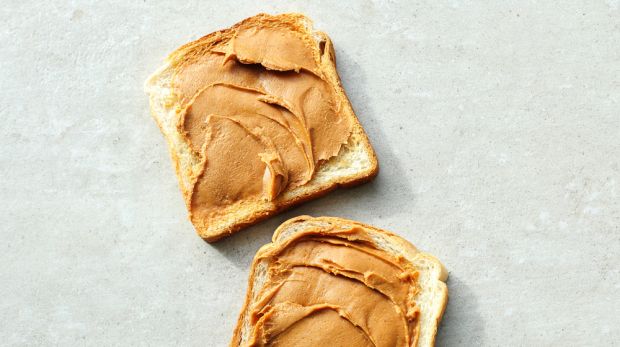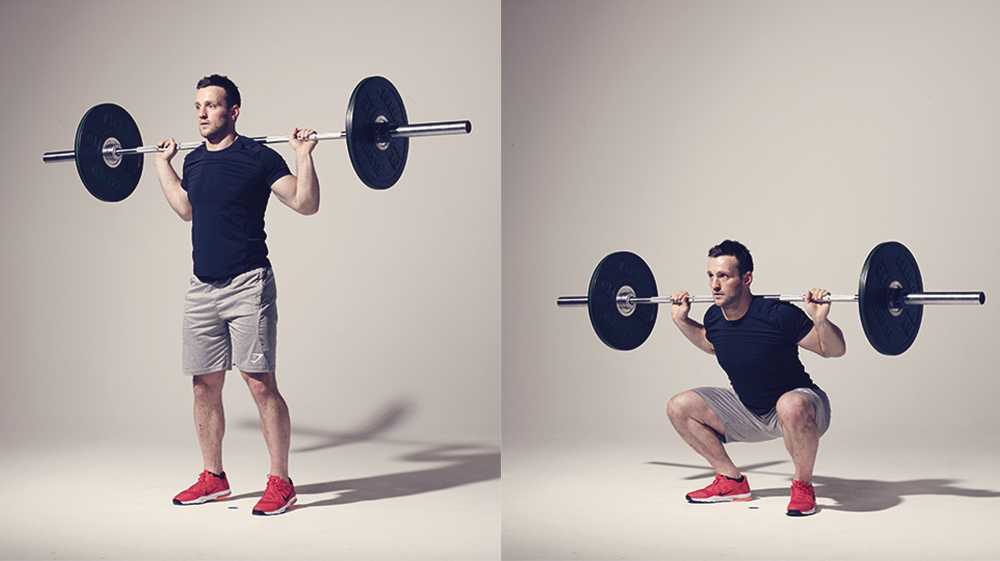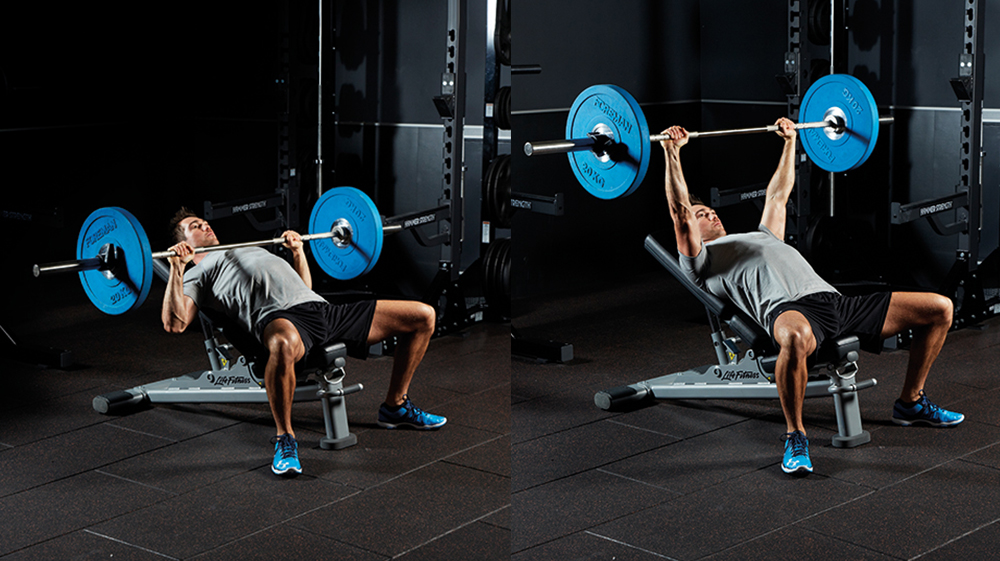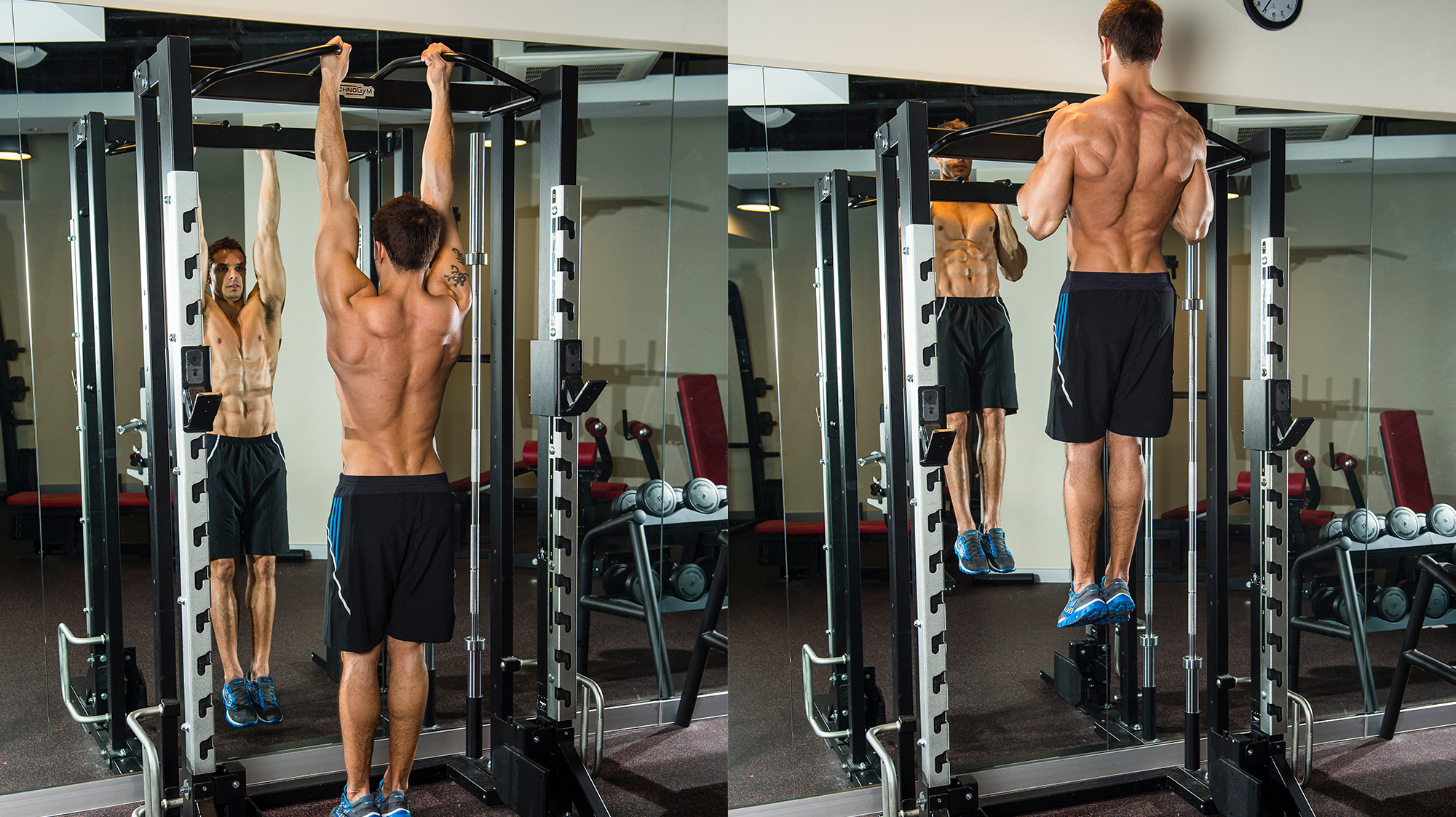
Bulking is a seasonal ritual for weights room regulars. As winter draws in and opportunities to take your shirt off recede, thoughts turn to supersizing muscles ahead of cutting body fat in the spring, ready again for summer. Basically, it’s all about eating and lifting big to get big.
Bulking centres on two core principles: consuming enough food to be in a calorie surplus and exercising to trigger hypertrophy, or in other words muscle growth. It sounds simple but in practice, of course, there are pitfalls at every turn. Coach spoke to gym experts who have been there, done that and helped others do it too, to explain what to eat to achieve a calorie surplus sensibly and safely, what to lift to trigger hypertrophy, and to find out exactly how to bulk up regardless of your body type.
Hold the salad – it’s bulking season.
The Biggest Bulking Mistakes
The most common mistake people make is assuming muscle growth will be a quick process, says former magazine cover model Scott Baptie. A sports nutritionist, author and host of Food For Fitness podcast, Baptie knows building muscle is hard going.
“It’s glacial,” he says. “The more experienced you are with the gym, the longer it will take. Experienced trainees would be lucky to add around 0.5kg of muscle a year. Beginners, perhaps around 3-4kg a year.”
Another typical pitfall is assuming you can accelerate the process with a so-called dirty bulk. A pumped-up diet of fatty fast food, monster milkshakes and nutritionally bankrupt calories, this simply leads to excessive weight gain and minimal muscle growth.
Apart from causing your waistline to expand, a dirty bulk will sabotage the health of internal organs that need to be firing to help you grow. “You wouldn’t put cheap fuel in your Ferrari and expect it to run at high performance for long,” says Gideon Remfry, a nutritional therapist and wellness director of London luxury health club KXU.
Get the Coach Newsletter
Sign up for workout ideas, training advice, reviews of the latest gear and more.
“To support sustainable muscle growth you need to optimise your body’s natural anabolic [muscle-building] hormones,” Remfry explains. “This relies on supporting the health of internal organs that produce and manage them, including your glands, liver, guts and pancreas.”
Good-quality sleep and a healthy diet – made up of good-quality protein, antioxidants, fibre, essential fats and carbs – are just as crucial as repetitive and consistent resistance training. In other words, train hard, eat smart and rest lots.
Because muscle growth is so hard-earned, Remfry also finds a lack of planning and tracking can be a common oversight. “It’s better to plan a long-term strategy of training and nutrition – around three to six months – with monthly testing of key markers such as skeletal muscle and body fat.”
That will give you a better indication of success than merely counting – and cursing – the number on the scales.
How Much Do You Need To Eat?
There isn’t a one-size-fits-all method to bulking. As with losing weight, what works for one person won’t work for another and genetics will play a large part.
Ectomorph hardgainers, those with a fast metabolism who struggle to gain weight, will need to consume far more calories than the genetic lottery-winning mesomorphs, who tend to gain muscle quickly.
On the other hand, endomorphs, who typically gain weight and store fat easily, will need to be extra careful they don’t balloon instead of bulk up.
To work out how many calories you will need you should work out your resting or basal metabolic rate (BMR) using an online calculator.
This will help you understand how many calories your body requires to fuel metabolic processes during an average day, and how many more you should consume to kick you into a calorie surplus.
For example, a 75kg moderately active man has a BMR of around 1,750 calories and would require an estimated 2,715 calories a day for maintenance.
Baptie recommends aiming for around 10-15% above maintenance. So, using the above example, you should bump up your intake by around 270-410 calories a day – equivalent to a handful or two of unsalted mixed nuts.
Top Tips For Eating To Bulk Up
Before charging stomach-first into your new bulking plan, you should next establish the macronutrient breakdown of your diet so you don’t load up on the wrong foods.
Hardgainers should aim for a daily intake of 3g of protein, 5g of carbs and 1g of healthy fats per kilogram of bodyweight. Mesomorphs and endomorphs should aim for around 2g of protein, 2g of carbs and 1g of fats, adjusting these totals week by week to encourage lean muscle gain.
If you’re not sure how many calories and grams of each macronutrient you’re eating each day, Baptie recommends using a food tracking app such as MyFitnessPal that will help you understand what you’re putting on your plate and into your body.
Remfry agrees. “Tracking food helps you to see what your calories look like in the context of your overall food, and will enable you to create and log delicious meals you can rely on during your muscle building journey,” he says. “Crucially, it also means you won’t fall back on the tired old chicken and broccoli diet.”
If you follow a vegetarian or vegan diet it can be hard to consume enough complete proteins (those containing all nine amino acids, such as meat, milk and eggs) to support your training. Hard, but far from impossible. Vegan sources of complete proteins include quinoa and buckwheat (great in porridge), quorn and tofu (a fine substitute for chicken in stir-fries) and easy combinations such as rice and beans, hummus and pitta or the highly recommended peanut butter sandwich. Two slices of wholewheat bread with two tablespoons of peanut butter packs 15g of complete protein – comfort food perfection.

The Best Supplements For Bulking Up
Whey Protein
A byproduct of dairy processing, whey protein contains all nine amino acids and is an especially good source of leucine, one of three branched-chain amino acids (BCAAs) that play a key role in the muscle-building process. “A 25g serving of whey protein provides around 2.5g of naturally occurring leucine, the optimal dose,” says Remfry.
Creatine
“If your diet is on point and you are training smart then creatine has been shown to help add muscle, increase strength and improve power output,” says Baptie. Research suggests a 5g serving of creatine monohydrate, taken at any time of the day, does the trick.
Vitamin D
Bulking is a common winter pastime for gym-goers, so a deficiency of vitamin D – which is mostly provided by exposure to the sun – can drain you of strength and make you more susceptible to injuries. Remfry recommends a dose of 1,000 IU per day if the sun isn’t shining on your training.
Caffeine And Beta-Alanine
“This is a common pre-workout concoction, and there is good evidence this combination of stimulant and amino acid can help increase workout performance and subsequently boost muscle-building potential,” says Baptie.
Probiotics
This good bacteria that occurs naturally in your gut aids digestion and helps support your immune system. “Taking a daily supplement can help your gut tolerate the high demands on your central nervous system and digestive system from the stresses of heavy-duty eating and lifting,” says Remfry.
Top Tips For Exercising To Bulk Up
Your time in the gym should be spent on maximising the time your muscles are under tension. This will cause micro-tears, inflammation and increased blood flow to the muscle fibres.
As long as you’re providing enough high-quality raw materials and ample rest, these muscle fibre tears will repair and increase in size and strength to handle the demands of your training.
“Any programme should be built around compound movements, such as the squat, deadlift, bench press, bent-over row and chin-ups, with a limit on calorie-burning metabolic conditioning,” says strength coach Martin Sutcliffe.
For maximum returns, Sutcliffe recommends you train each major muscle group twice a week. Aim for four sets of 6-8 reps of the compound exercise in each session, progressively overloading the muscles each week by gradually increasing the weight where possible.
“Once you’ve fried yourself on the big lifts, the rest of the session should focus on accessory work,” says Sutcliffe. Think single-joint isolation moves such as chest flyes for the pecs, lateral raises for the shoulders, and biceps curls and triceps pull-downs for the arms.
This is when you should increase the volume and work the muscles to complete failure. “Increase the rep range to between ten and 20 and introduce slow negatives, where you draw out the lowering part of each move for three to four seconds, to break down the muscle tissue further.”
Above all, you should keep it simple, says Minimal Fitness founder and strength coach Tom Eastham, and don’t rush. “Spend plenty of time on each exercise to work the muscles to near failure,” he adds.
An effective way to achieve this is with slow tempo rest-pause sets. Eastham uses the incline bench press – a move that will target both your chest and shoulders – as an example, and says you should pick a weight that you can lift for ten reps before you hit failure.
“Press this weight at a tempo of two seconds up, four seconds down until you run out of juice.” Rest for 20 seconds, then press the weight for two seconds up, two seconds down, again to failure. Rest for 20 seconds once more, then do a final set of as many reps as you can at a faster tempo to flood the muscles with blood.
“Don’t worry, that fire in your pecs and deltoids will quickly fade,” says Eastham. “But keep it up and you might just outgrow your wardrobe.”
The Best Exercises For Bulking Up
Here Sutcliffe and Eastham outline their best bang-for-your-buck moves for bulking up.
Squat

Targets: quads, hamstrings, glutes
“Build up to the full barbell squat with the goblet squat,” suggests Sutcliffe. Hold a dumbbell with both hands at chest height and keeping your chest up, lower into a squat, keeping your knees wide, then stand back up. “Once you’re ready for the real thing, take your time and lower for two to three seconds, then drive up powerfully to stand.”
Deadlift

Targets: hamstrings, glutes, lower back
If you’re unfamiliar with this move, protect your back by using a trap bar where you hold the handles on either side of your feet. “Once your form is perfect, deadlifts should become the cornerstone of your bulking workouts,” says Eastham. Aim to go heavy for four sets of 5-8 reps.
Incline bench press

Targets: chest, shoulders, triceps
Introducing an incline means you can double up on your pecs and deltoids. Either use the barbell or if nobody is there to spot you – and rescue you if you go too heavy – use dumbbells. “Ignore your ego and use weights where you don’t compromise on form,” says Sutcliffe. “The longer you can take to lower the weights under control, the longer the muscles will be under tension and the more they will grow as a consequence.”
Chin-up

Targets: upper back, biceps, core
“The bent-over row is an equally worthy upper back move, but chin-ups have the added benefit of targeting your abs and deep core muscles that will protect your spine and provide you with a platform to pack on extra muscle,” says Eastham. Use resistance bands to support your weight so you can focus all your energy on the eccentric (lowering) part of the movement that will pump up those biceps and strain every sinew of your upper back.

Sam Rider is an experienced freelance journalist, specialising in health, fitness and wellness. For over a decade he's reported on Olympic Games, CrossFit Games and World Cups, and quizzed luminaries of elite sport, nutrition and strength and conditioning. Sam is also a REPS level 3 qualified personal trainer, online coach and founder of Your Daily Fix. Sam is also Coach’s designated reviewer of massage guns and fitness mirrors.
